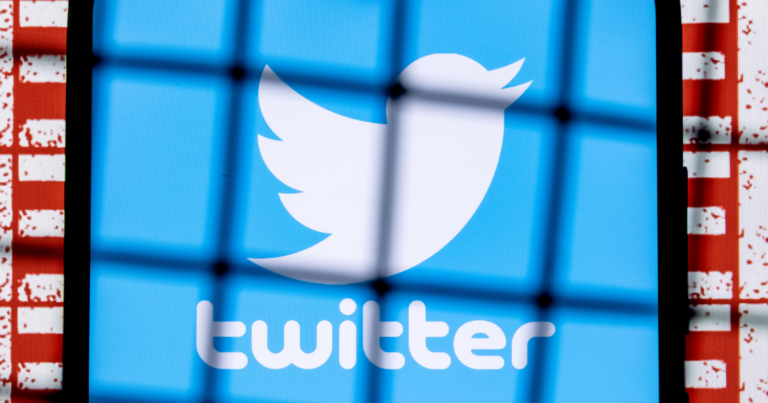Twitter expands its private information policy to include “private media,” which refers to photos and videos captured without a person’s consent.
Previously, Twitter’s policy covered the sharing of private information such as phone numbers, addresses, and IDs.
In response to a growing concern over the misuse of photos and videos that aren’t available elsewhere on the web, Twitter will now take action on unauthorized private media.
Twitter says such media is used as a tool to harass, intimidate, and reveal identities of private people.
“Sharing personal media, such as images or videos, can potentially violate a person’s privacy, and may lead to emotional or physical harm. The misuse of private media can affect everyone, but can have a disproportionate effect on women, activists, dissidents, and members of minority communities.”
Advertisement
Continue Reading Below
Before today’s policy change, Twitter would only take action on private media that depicted abusive behavior.
Now, Twitter will remove media shared without a person’s consent even if the content isn’t explicitly abusive.
The complete list of content that violates Twitter’s private information policy is as follows:
- Home address or physical location
- Identity documents
- Contact information
- Financial account information
- Other private information such as biometric data or medical records
- Media of private individuals without the permission of the person(s) depicted
Advertisement
Continue Reading Below
In addition, Twitter will not tolerate threats to expose a person’s private information, nor will it allow users to offer financial compensation in exchange for someone else to post a person’s private information.
How Will Twitter Enforce This Policy?
Twitter is solely dependent on user reports to enforce its private media policy. This is not something it can detect automatically.
“When private information or media has been shared on Twitter, we need a first-person report or a report from an authorized representative in order to make the determination that the image or video has been shared without their permission.”
After receiving a report from an individual depicted in the private media, Twitter will remove the content.
To clarify, this policy does not include media featuring public figures.
So you can take photos of celebrities and performing artists, for example, and share them on Twitter without violating this new policy.
However, there’s one exception, and that is if media of a public figure is shared with malicious intent.
Twitter may allow unauthorized media of private individuals in instances such as the aftermath of a violent event, or if it’s part of a newsworthy event that’s of interest to the public.
Advertisement
Continue Reading Below
Source: blog.Twitter.com
Featured Image: Sergei Elagin/Shutterstock
